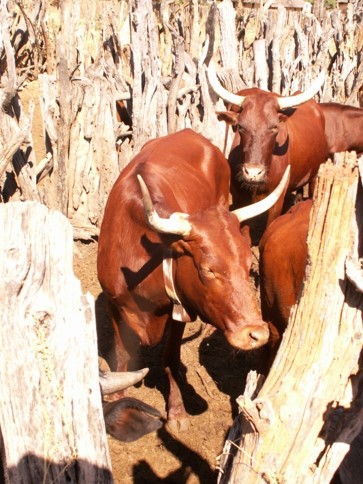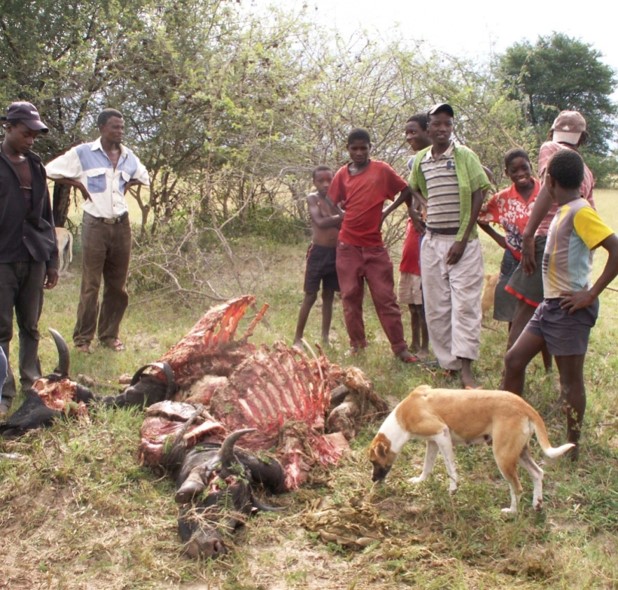News
David Macdonald explains how the WildCRU’s long-term study of lions and the people living alongside them in Hwange NP, and the team led by Andrew Loveridge, has revealed how predator ecology and animal husbandry combine to explain patterns of livestock losses
What determines where, when and how lions, or other large carnivores, attack domestic livestock? WildCRU’s newest study in Zimbabwe reveals that cattle with bells fitted were more vulnerable to being attacked than those without (bells help a herd to stick together and herdsman to locate the herd, but it seems they also help the lion, and hyaenas, single out a tuneful cow). This is a learned association that works out badly on the life-dinner principle for the cows. Over six years (2008-2013), and with a huge effort, the field team recorded over 2000 livestock deaths (mainly cattle, donkeys and goats) in rural communal lands adjacent to Hwange and Victoria Falls National Parks. Even the sample size indicates the magnitude of the problem. Not in my backyard, you might think, and indeed the livestock owners get their own back by shooting, snaring or poisoning the predators.
Most attacks happened when livestock were roaming distant from their protective enclosures at night, the upshot being that solutions are potentially simple. Also, cattle losses were highest in the wet season; a time when cattle are herded further from their home enclosures and closer to the National Parks in search of grazing grass, as our previous study has shown. The peculiarities of different predators also play their part. Carnivores tended to prefer livestock similar in size to their wild prey (hence lions preferred cattle while leopards selected goats). Also, lions and leopards attacked more frequently during the day than did hyaenas. Overall, this research highlights the need to consider carefully both predator ecology and livestock husbandry practices when designing interventions to curb livestock losses: our team is determined not to underestimate the socio-political, cultural and economic forces that shape local communities, their husbandry practices, and their perceptions of predator conservation: lions listen for cow bells, but conservationists need to be better at listening.







